Our specialists utilize advanced diagnostic tools, such as flexible fiberoptic and rigid laryngoscopy, alongside digital laryngeal stroboscopy, to thoroughly evaluate the throat and vocal cords. These high-resolution imaging techniques help in identifying subtle issues, detecting abnormalities, and monitoring treatment progress effectively.
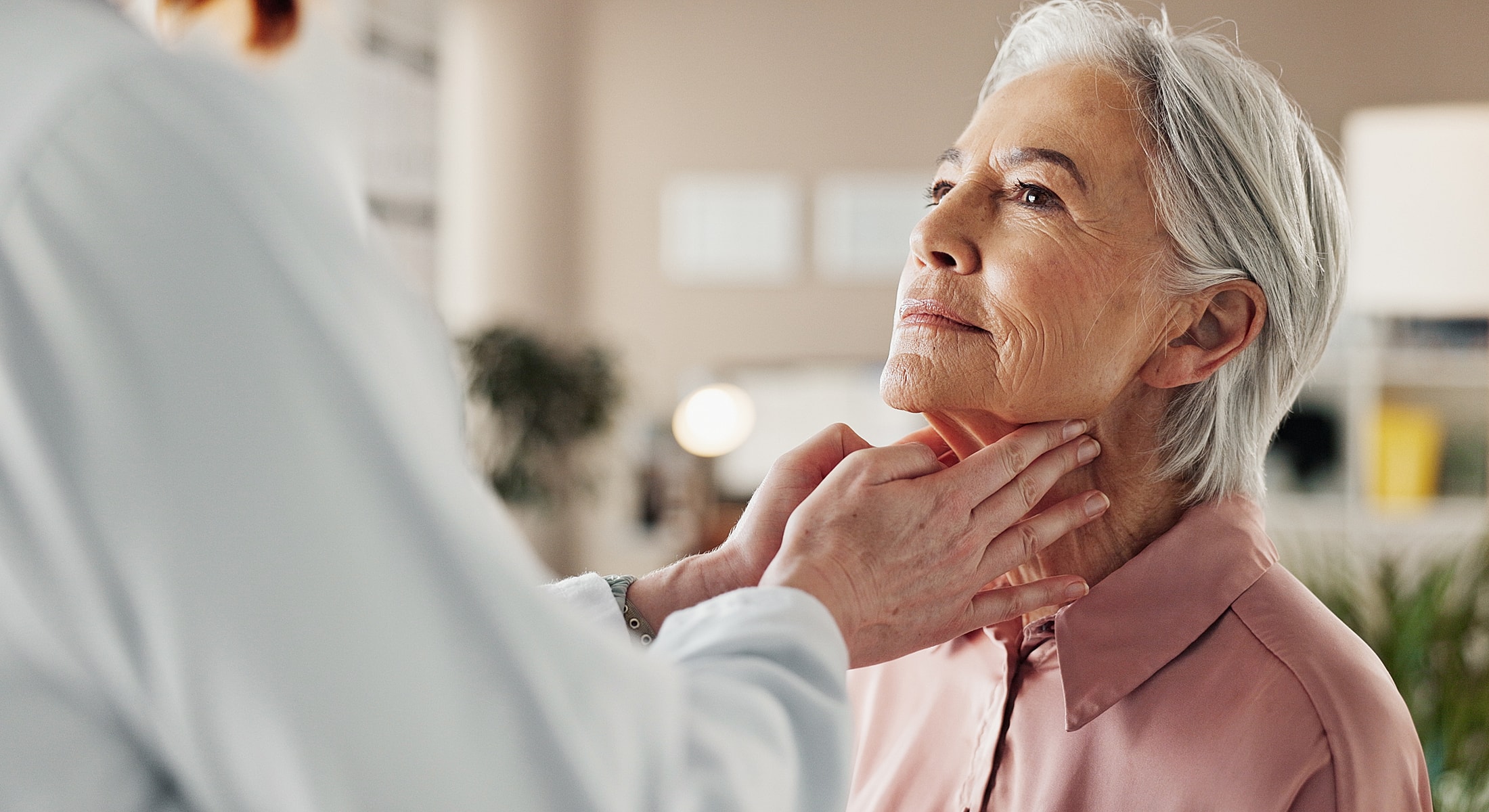
















Your throat and voice work hard every day. Hoarseness, swallowing trouble, vocal weakness, or chronic irritation can make speaking and eating uncomfortable. A recorded throat examination gives a clear, real-time view of your larynx and vocal cords so your care team can identify the cause and map a precise plan.
At SoCal ENT Palmdale, we use flexible fiberoptic laryngoscopy, rigid laryngoscopy, and digital laryngeal stroboscopy to study vocal fold motion and tissue health. High-resolution video is recorded during your visit, which helps explain findings on the spot and track changes over time.

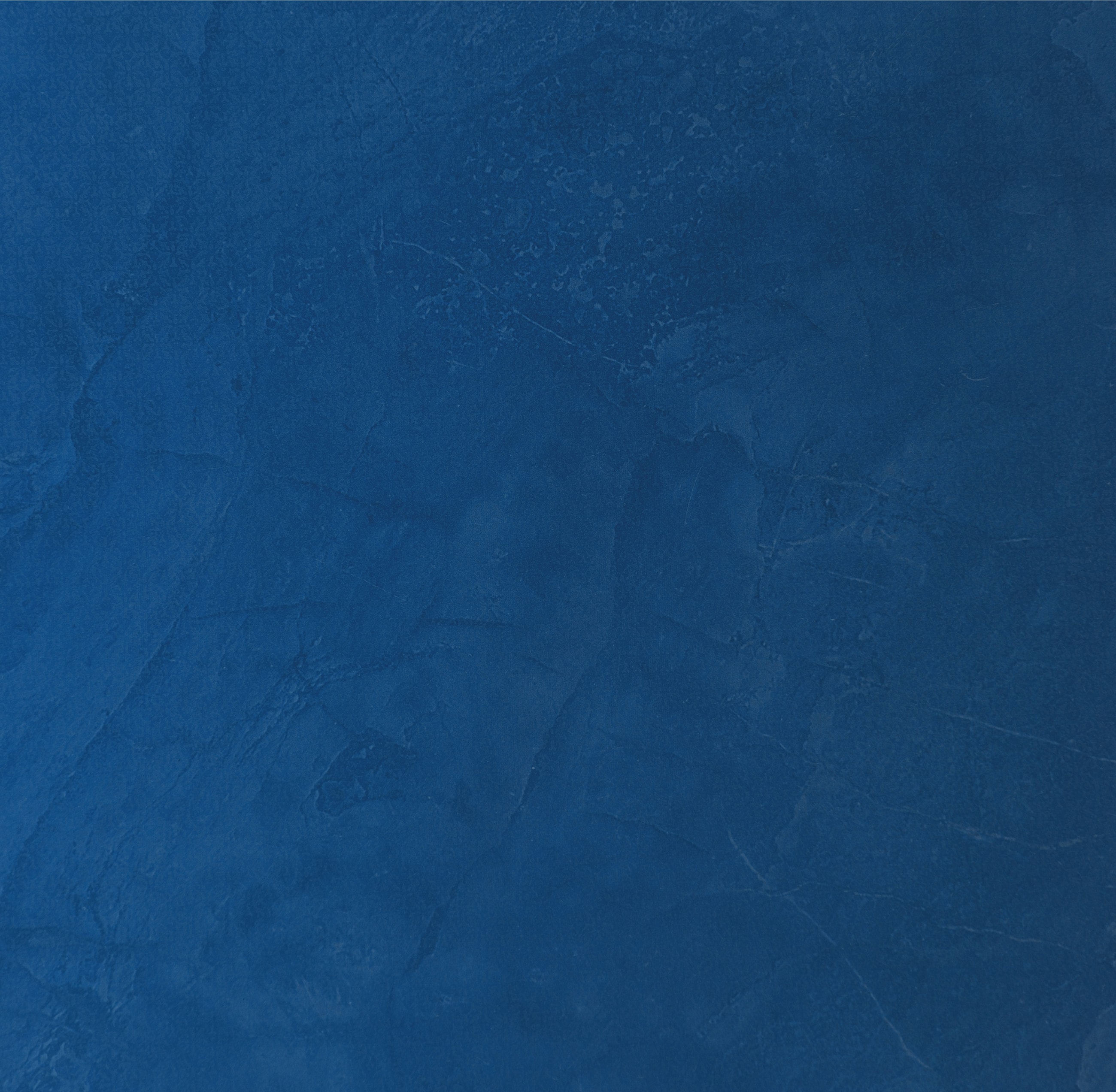
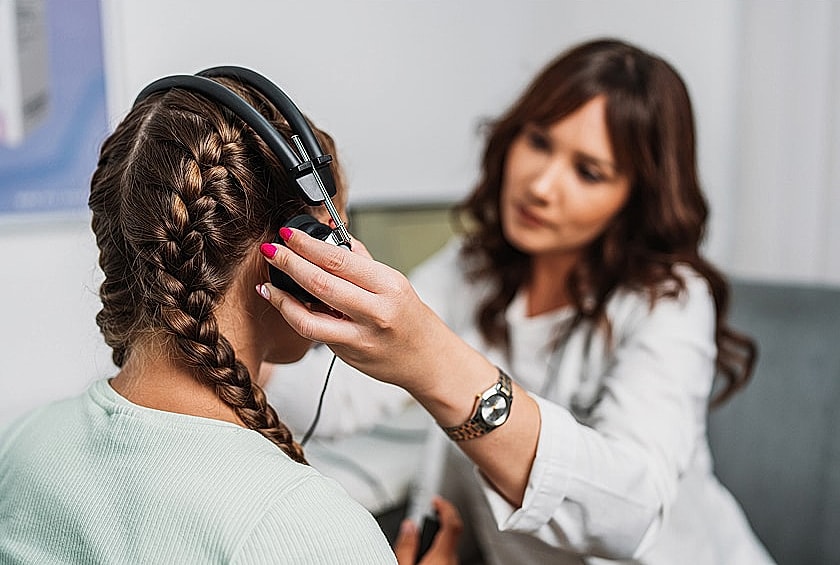
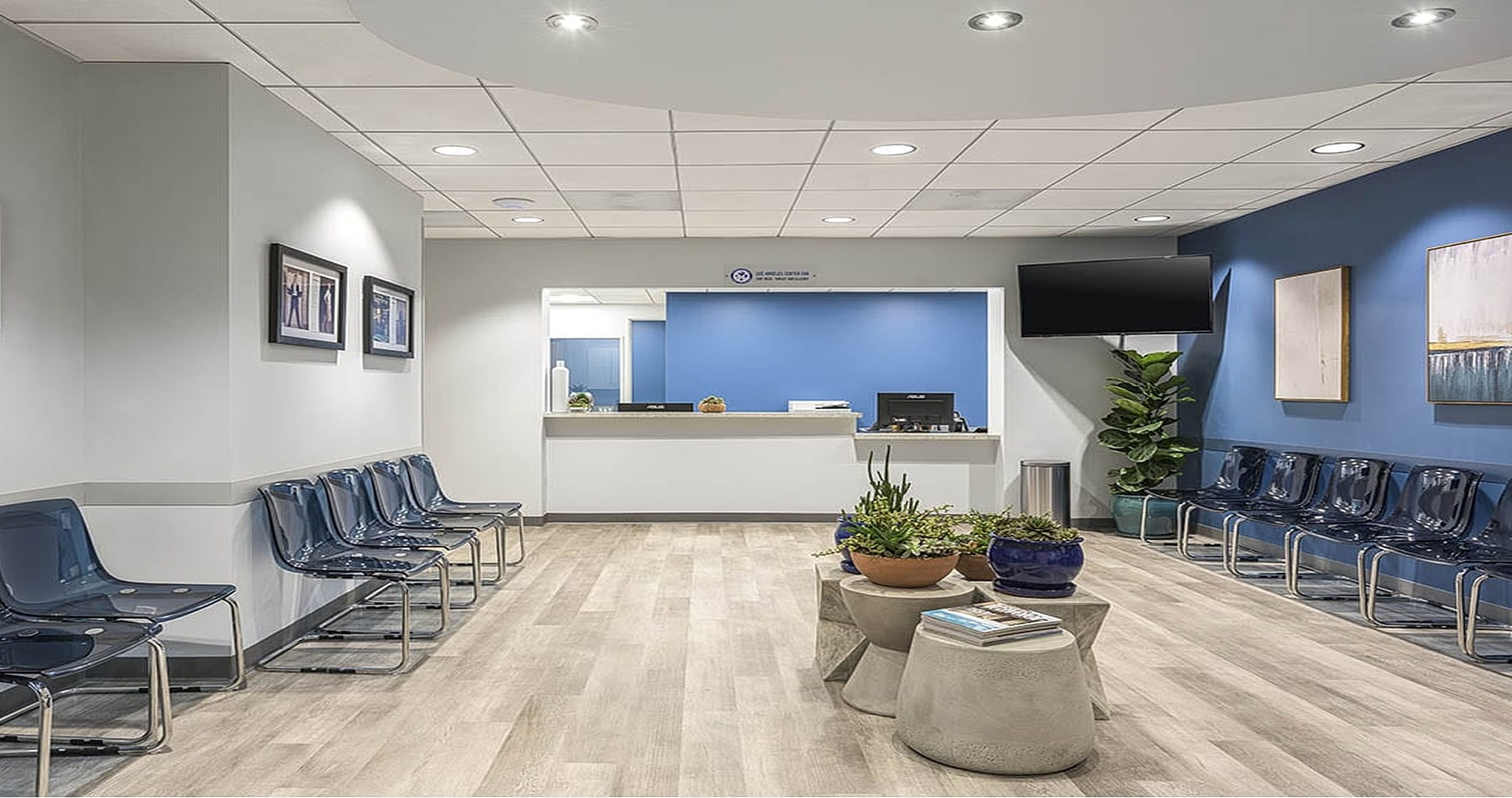
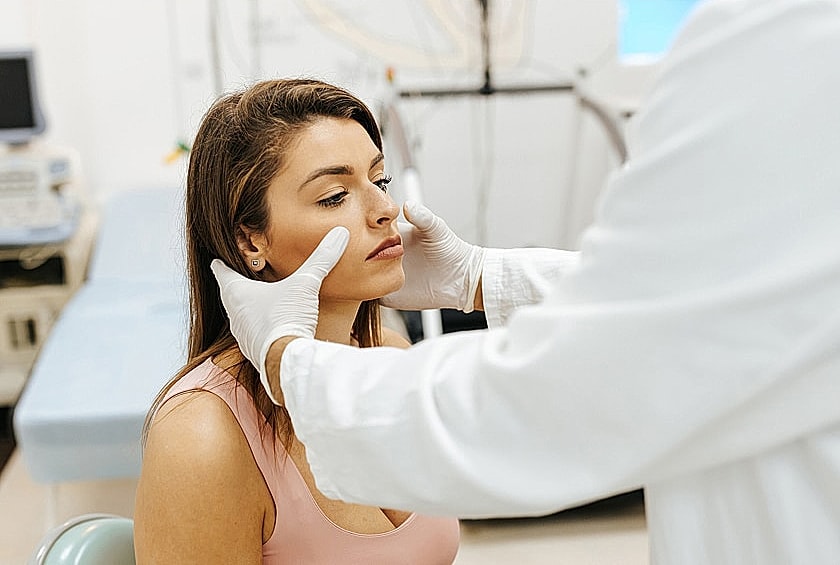
A recorded throat examination is a non-invasive office procedure that evaluates the throat, larynx, and vocal cords.
A slim camera is placed through the nose or mouth to capture crisp images and video of how the vocal folds look and move. The recording can be reviewed with your doctor right away, which supports accurate diagnosis and a clear next step. These videos also provide a baseline for future comparisons during treatment.
At SoCal ENT Palmdale, we match the exam type to your symptoms so we can answer your questions quickly and clearly.
A thin, flexible scope passes through the nose to view the throat and vocal cords. Most patients find it brief and well tolerated. The live video is recorded and reviewed with you during the visit.
A rigid scope enters through the mouth to provide a stable, high-detail view. This approach is helpful for hoarseness, weak voice, lesions like polyps, or concerns with swallowing. The image quality can be superior for certain conditions.
A strobe light, camera, and processor create slow-motion views of vocal fold vibration. This reveals subtle problems with closure, symmetry, or mucosal wave that standard video may miss. Stroboscopy is especially valuable for voice professionals or complex cases and is ideal for before-and-after comparison.
These tools work together to deliver a complete picture of your voice and throat health.
Recorded examinations help evaluate many laryngeal and throat concerns.
Common findings include chronic hoarseness, vocal fatigue, nodules, polyps, cysts, laryngitis, swelling or small hemorrhages, vocal cord paralysis or weakness, and signs of laryngopharyngeal reflux. The exam can also assess swallowing difficulties and screen for lesions that need further workup. With high-quality video, your clinician can tailor treatment with greater precision.

This visit is quick, comfortable, and highly informative. Because the exam is recorded, you and your doctor can review what is happening in real time and discuss options immediately.
High-definition images improve detection of small or subtle problems, and the saved videos make it easy to gauge progress after therapy or procedures. For singers, teachers, and other voice professionals, early identification can prevent setbacks and protect career longevity.

You may benefit from this evaluation if you have persistent hoarseness, frequent throat clearing, pain or irritation, trouble swallowing, a breathy or weak voice, or recurring infections.
During your consultation at SoCal ENT Palmdale, we will review your history and choose the exam type that best fits your symptoms and comfort.

Right after the exam, your physician will walk through the recording and outline next steps.
Depending on the findings, care may include voice therapy, reflux management, medication, periods of voice rest, or surgical treatment for structural problems. Clear visuals make decisions easier and help you understand how each option supports healing and performance.
Most patients feel brief pressure or a tickle. Numbing spray can be used for comfort. The test is quick and well tolerated.
Only a few minutes. You’ll review the recording with your doctor during the same visit.
Your doctor will explain the results and recommend a plan that may include therapy, medication, lifestyle changes, or a procedure if needed.
Usually no special preparation is required. If specific instructions apply, our team will share them when you schedule.
Most insurance plans cover diagnostic laryngoscopy and stroboscopy. Flexible payment options are available for uninsured patients.